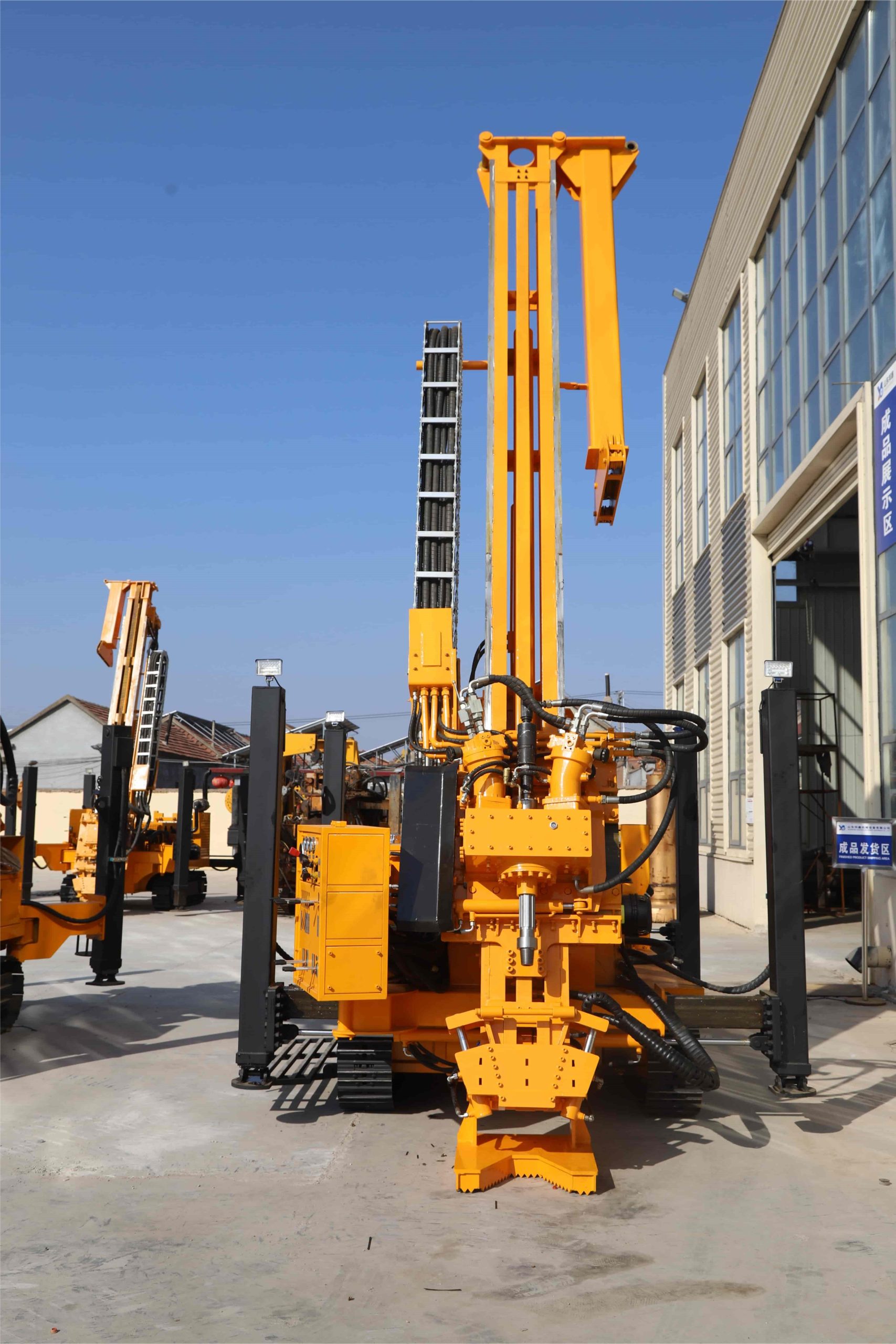Q: I’m concerned about minimizing my environmental impact when drilling a water well. What steps should I take to protect the surrounding ecosystem?
A: Drilling a water well can disrupt local ecosystems if not managed carefully, but with proper practices, you can minimize environmental harm. Here are key considerations:
Site selection: Avoid sensitive areas like wetlands, wildlife habitats, or floodplains, where drilling could disturb ecosystems or contaminate water sources. Consult local environmental maps and regulations—many regions restrict drilling within 100–500 feet of lakes, rivers, or protected areas. Choose elevated, well-drained sites to prevent runoff from the drilling area.
Waste management: Drilling generates waste, including cuttings (rock/soil fragments), used drilling fluid, and lubricants. Store cuttings in contained piles, and dispose of them at approved facilities—never in waterways or on vegetation. Recycle or properly discard used fluids; many drilling muds are biodegradable, but some contain chemicals that require special handling. Use spill kits on-site to quickly contain leaks of oil or hydraulic fluid.
Water conservation: Drilling fluid systems often use large amounts of water. Recycle mud when possible—closed-loop systems filter and reuse fluid, reducing water consumption. In arid regions, use air rotary drilling (which uses compressed air instead of water) to minimize water use.
Preventing contamination: Seal the well properly with casing and cement to prevent surface contaminants (pesticides, fertilizers, or sewage) from seeping into the aquifer. Store chemicals (fuels, lubricants) away from the well site in sealed containers.
By working with a licensed driller experienced in eco-friendly practices, you can ensure the well is drilled responsibly, protecting both the environment and the quality of your water source for years to come.

